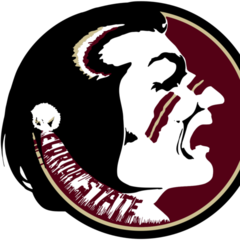IGNORED
S&T vs. Foley - Differences and Similarities
Note: This thread is 4818 days old. We appreciate that you found this thread instead of starting a new one, but if you plan to post here please make sure it's still relevant. If not, please start a new topic. Thank you!
-
Topics Being Discussed Right Now on The Sand Trap
-
- 6,631 replies
- 255,755 views
-
- 1 reply
- 55 views
-
- 6 replies
- 179 views
-
- 2,371 replies
- 237,843 views
-
- 14 replies
- 1,180 views
-






Recommended Posts
Create an account or sign in to comment
You need to be a member in order to leave a comment
Create an account
Sign up for a new account in our community. It's easy!
Register a new accountSign in
Already have an account? Sign in here.
Sign In Now